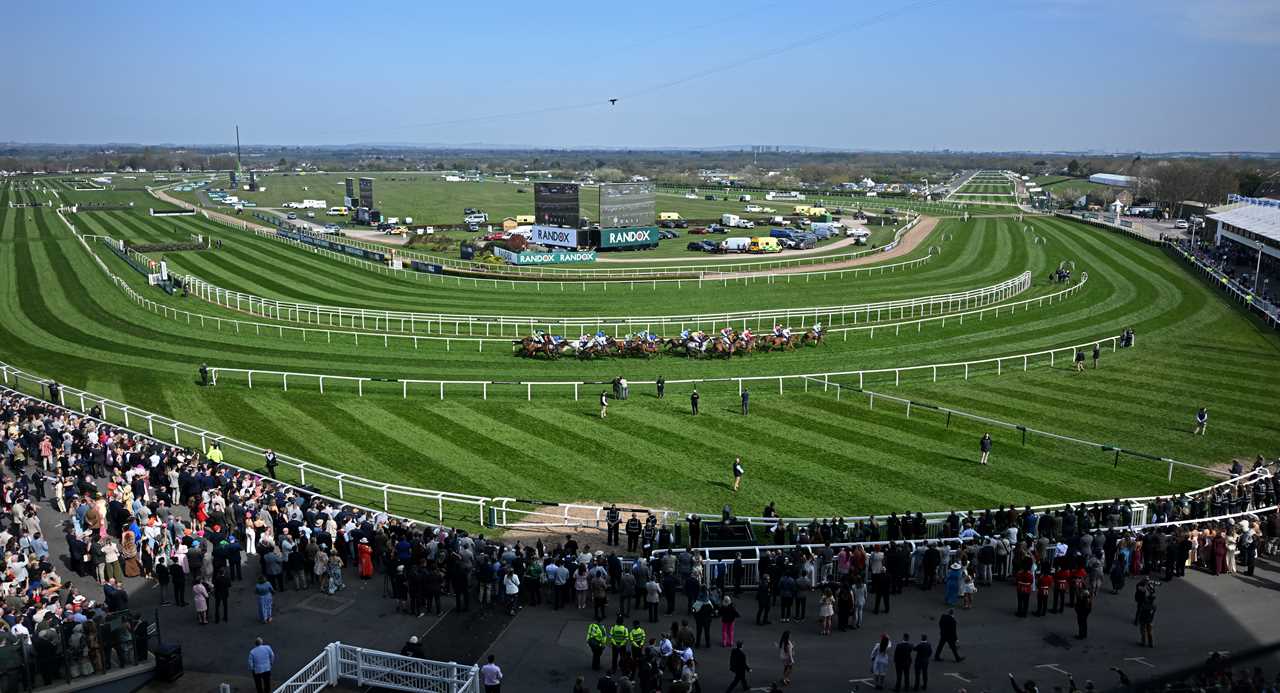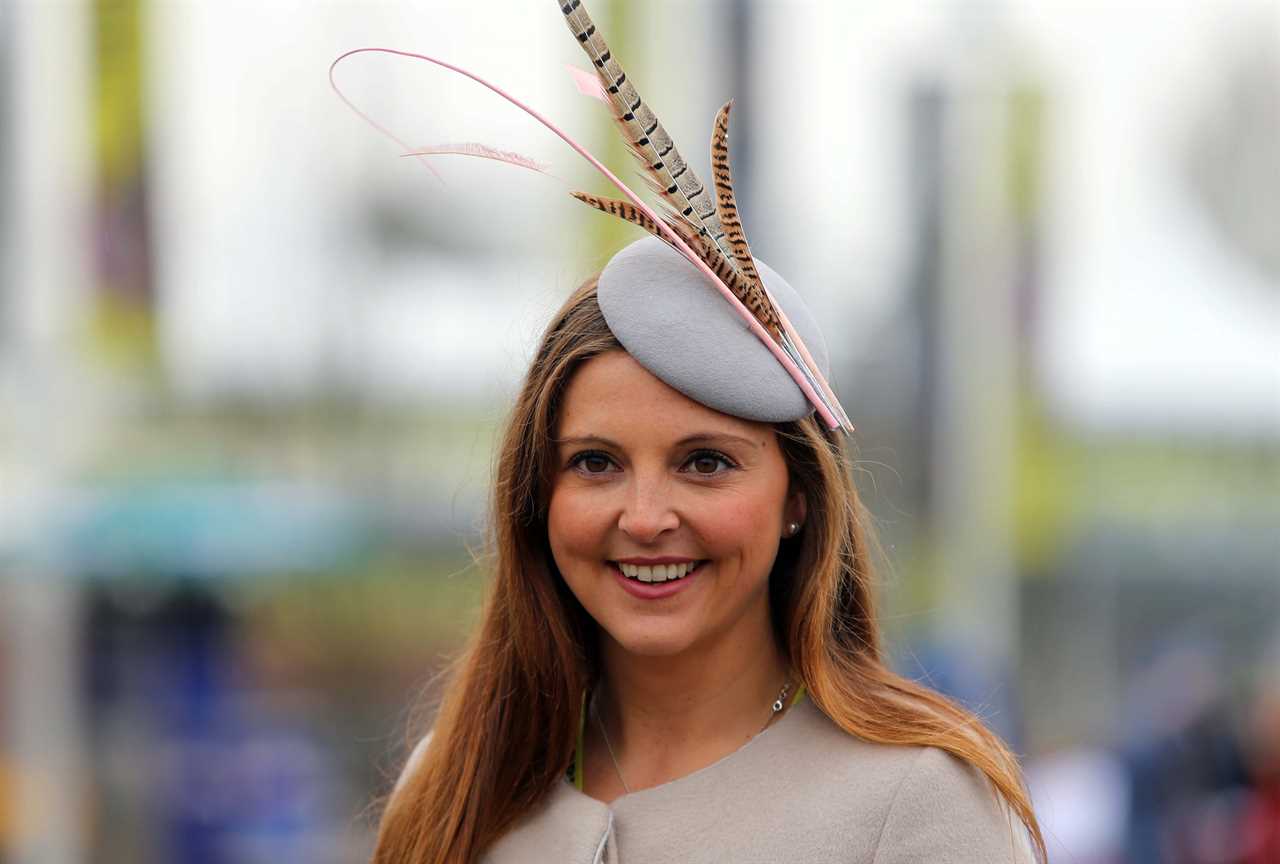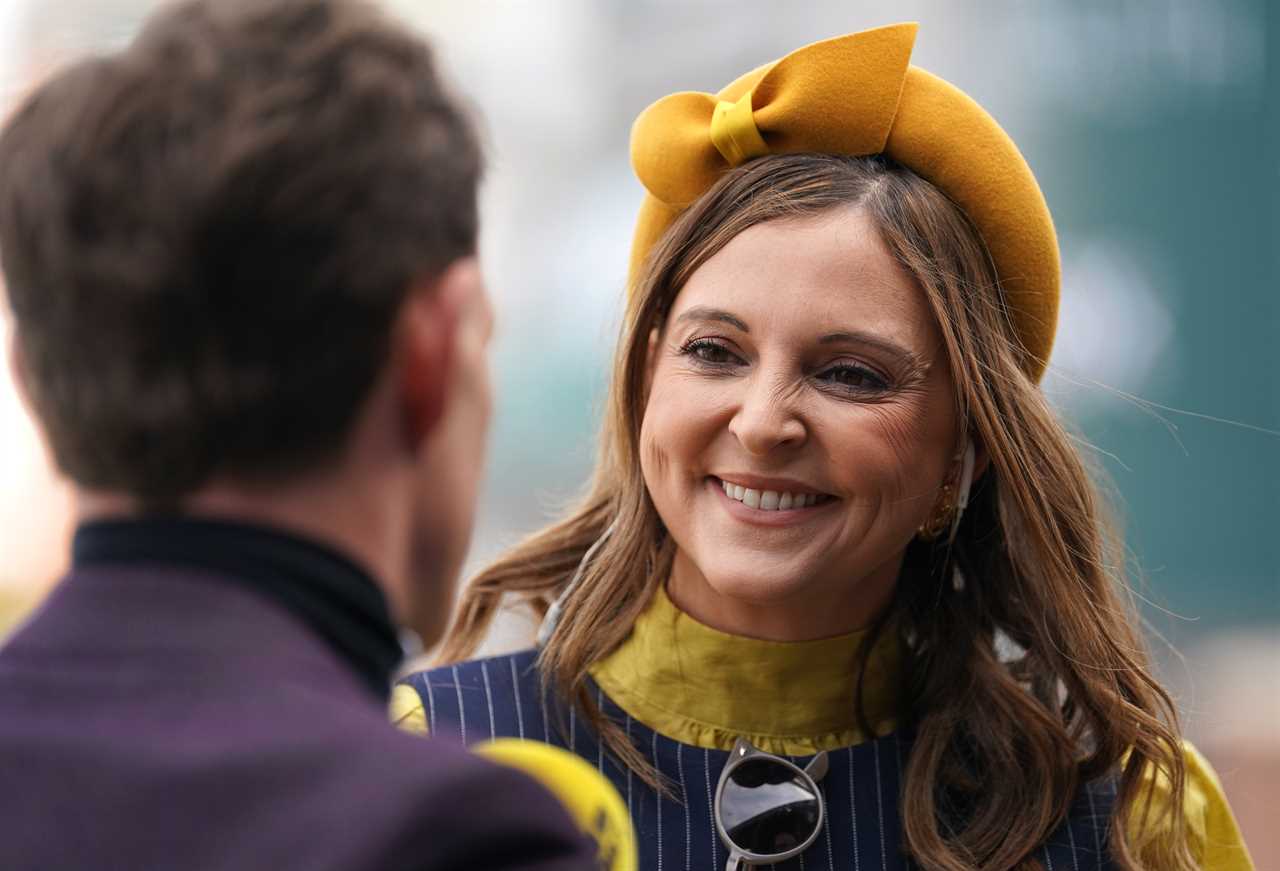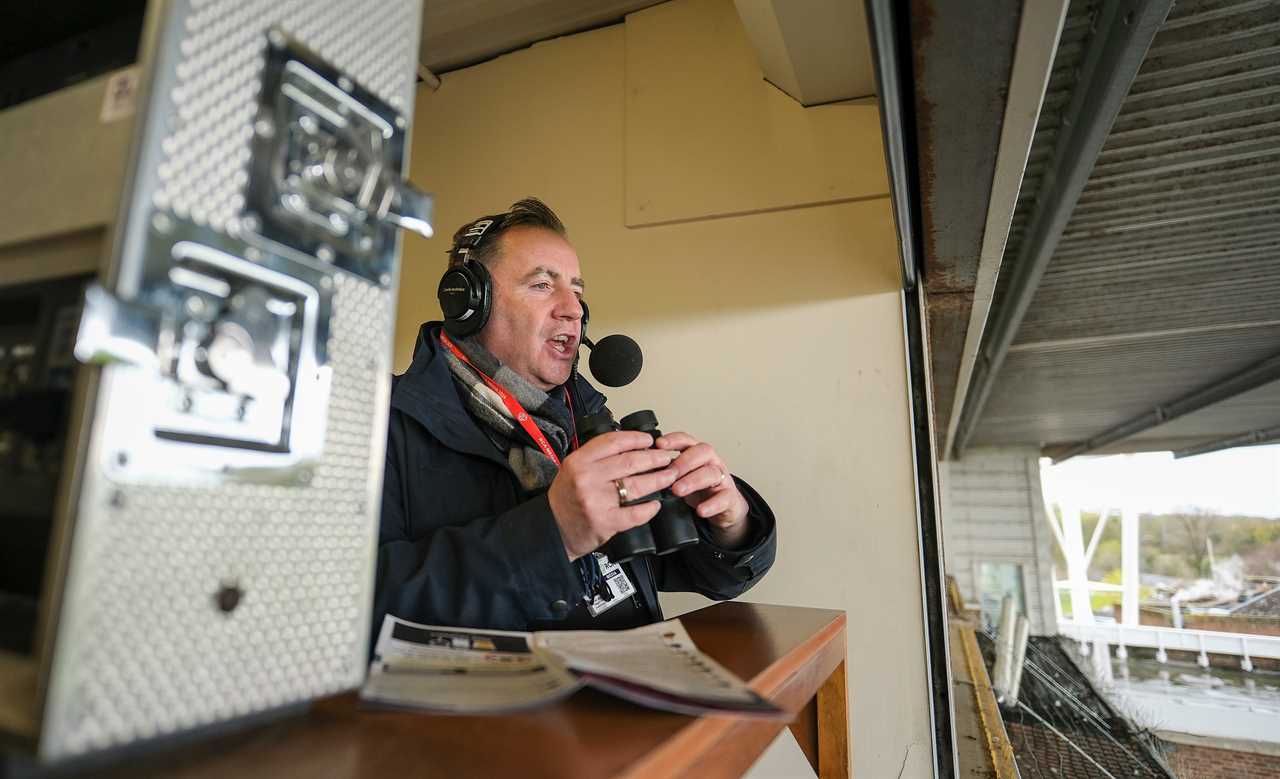
Holy hell, I never thought I'd see the day. The BBC has finally – FINALLY – decided that maybe, just maybe, a woman could handle calling part of the most famous steeplechase in the world. Only took them 73 years. Slow clap, everyone.
My racing buddy Tom texted me about this yesterday: "Did you hear about Gina?" And I was like, what now? Then he sent me the link. I nearly spilled my coffee.
The Last Woman With a Mic? An Absolute Disaster
So here's the tea. Sky Sports Racing's Gina Bryce is joining the BBC Radio 5 Live commentary team for Saturday's Grand National. She'll be picking up the third leg at Valentine's Brook for four sections of the race. This is genuinely historic because the only other woman who ever called this race was Mirabel Topham back in 1952 – and let's just say it didn't go well.
Topham (who owned Aintree at the time) basically appointed herself and some friends to do the commentary. It was a complete trainwreck. They called the eventual winner Teal as falling at the first fence! I mean... how do you even recover from that?

Bryce is obviously in a different league. She's a proper pro who's been anchoring racing coverage for years.
Wait... She's Never Actually Commentated Before?!
This is where it gets interesting. Bryce isn't a full-time commentator. In fact, she just made her commentary debut YESTERDAY at the Topham Chase. Talk about being thrown into the deep end! British racing has never had a full-time professional female race caller, which in 2024 feels absolutely bonkers to me.
I watched her Topham Chase call and she was... pretty good! A bit nervous, sure, but who wouldn't be?
Surrounded by the Pros (Thank God)
The 42-year-old won't be flying solo, thankfully. She'll be working alongside lead caller John Hunt, plus Darren Owen and Gary O'Brien. Hunt will handle the start and finish, while the others cover different sections when the horses head out into the country.

Bryce herself admitted to being nervous: "It's fair to say I'm nervous but I'm also hugely excited. I never in a million years thought I would get an opportunity to do something like this."
I get it. I'd be terrified too.
The Shadow of Tragedy
There's a heartbreaking backdrop to this story that can't be ignored. John Hunt, the lead commentator who'll be guiding Bryce through this historic moment, returned to work at Cheltenham just last month following an unimaginable personal tragedy.
His wife Carol, 61, and daughters Hannah, 28, and Louise, 25, were killed in a horrific crossbow attack at their family home in Bushey back in July. Hunt was in court just days before returning to the mic to hear the murderer receive three whole-life sentences.

The strength that must take... I can't even begin to comprehend.
A Tiny Step Forward (Better Late Than Never?)
Back in 2018, I interviewed a female racing journalist who told me she'd been laughed at when she mentioned wanting to try commentary. "Not in our lifetime," some old-timer told her. Well, here we are.
Let's be real tho – Bryce isn't calling the whole race. She's doing a section, "telling the story of the race within four fences" as she put it. It's a start, I guess?
After her stint with the mic, she'll conduct the post-race interviews with the winning connections. That's more in her comfort zone.
I'll be watching (well, listening) at 4pm Saturday. Fingers crossed for her.
And hey, maybe in another 73 years we'll have a woman calling the entire race. At this rate of progress, I wouldn't bet against it.
Frequently Asked Questions
What diet is the most suitable for a horse that races?
A racehorse diet must be of the highest quality and balanced precisely to meet their energetic requirements for training and racing. It usually includes a combination high-quality hays, grains (such as oats or barsley) and commercially made feeds for racehorses. In order to ensure peak performance, it is important that the diet be supplemented with vitamins and minerals.
Does a racehorse need a certain type of shoe?
Racehorses usually wear racing plates which are thinner and lighter than regular horseshoes. These plates offer the necessary grip on the track while minimizing their weight. A farrier who is experienced in fitting shoes for racehorses will choose and fit the shoe to match the horse's specific hoof and racing surface.
Do different breeds of horses require different training methods?
Race training methods can indeed vary for different horse breeds, as breed characteristics and racing distances differ. Thoroughbreds which are associated with long distance flat racing undergo different training to Quarter Horses which specialize in sprinting over short distances. Each breed has unique physical and behavioral traits that require a tailored training approach.
When can a horse be expected to start racing training?
Horses can start their basic training as yearlings, but most begin their more rigorous race training and conditioning when they are around two years old. The horses' bodies will be mature enough to withstand the strain of racing, while still young and adaptable. However, timing will vary depending upon the horse's individual temperament and developmental stage.
How often must racehorses receive training?
It is important to tailor the frequency of training a racehorse according to its needs, level and schedule. The typical routine for racehorses would include walking, cantering and trotting daily, as well as more strenuous work, such as galloping several times a weeks to increase speed and endurance. Rest days allow the horse time to recover from training and to avoid overtraining.
Can you train your racehorse anywhere?
While the initial training may be conducted on different tracks, the specific race training will often require facilities that replicate the conditions in which the horse will compete. This includes regulation-sized tracks with the same type of surface the horse will race on. By using the right track, you can condition your horse properly and help them get used to the racing environment.
Statistics
- The majority of racehorses in training are subject to an exercise regimen that includes being ridden six days a week.
- The average racehorse reaches its peak physical ability between the ages of four to five, with some variation based on the breed and individual development.
- An extensive survey indicated that over 90% of racehorse trainers utilize swimming as a low-impact exercise in their conditioning routines.
- Research has found that a racehorse's stride length can increase by up to 7% following specific strength and conditioning programs.
- Statistically, less than 1% of thoroughbred foals born each year will go on to win a stakes race.
- The average cost to train a thoroughbred racehorse for one year can exceed $50,000, accounting for expenses related to training, boarding, and veterinary care.
External Links
How To
How to choose the right diet for a racehorse
When selecting an optimal diet, it is important to ensure that there is a balance of forage, grains and supplements. As the main source of nutrition, feed high-quality pasture or hay to keep the gut healthy. Include grains such as oats in your diet to provide the energy you need for exercise. Adding electrolytes, vitamins and other nutrients through supplements can support your recovery and health. With the help of an equine dietician, tailor the horse's diet according to its individual metabolic needs and workload.
 CricketBoxingFormula 1GolfHorse RacingPremier LeagueTennisPrivacy PolicyTerms And Conditions
CricketBoxingFormula 1GolfHorse RacingPremier LeagueTennisPrivacy PolicyTerms And Conditions
